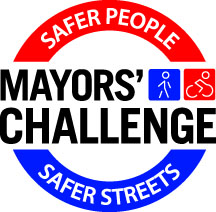The question has come up about how raised medians, consolidated driveways, and left-turn and right-turn lanes, which are grouped together in mobility jargon as “access management,” improve traffic congestion, the top priority of the mobility bond. At first glance, taking away the chicken lane in the middle of a four-lane urban road and adding dedicated turn lanes while limiting drive ways doesn’t seem like it would address slow traffic.
The answer becomes clear, however, when you ask a different question: Do traffic accidents cause traffic delays? Of course they do, so anything we can reduce traffic collisions on busy roads will reduce traffic congestion. What makes intuitive sense to you and me is backed up by the Federal Highways Administration at the U.S. Department of Transportation. Continue reading

